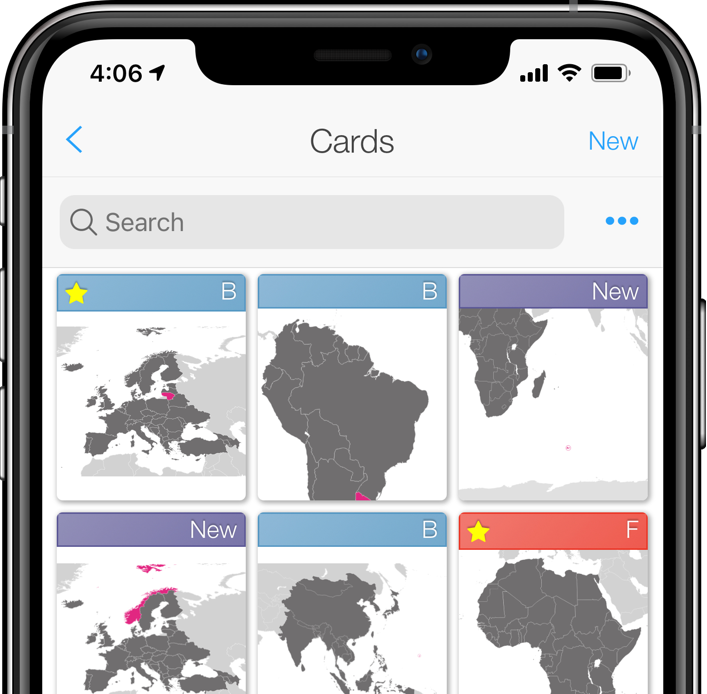
- #Anki app accessibility large font download#
- #Anki app accessibility large font free#
- #Anki app accessibility large font windows#
Below are some of their available subjects some are available to everyone, and some are locked to premium users only. In particular, their knowledge rehab set (consisting of 33 decks and 2099 cards) is an awesome way to improve your general knowledge. Further, because Brainscape is a paid service they’re able to create quite a few “official” decks that are nicely curated. While Anki has a large collection of user-generated decks, Brainscape seems to have many more. For us, this means we can have a few GreenMellen-focused decks (clients, messaging, etc) and always be tweaking them for the team.

With Brainscape, you can truly share decks and continue to refine them. If you make changes, they don’t see them. While you can share decks in Anki, you’re really just giving a copy to someone.
#Anki app accessibility large font windows#
Anki feels like Windows 98, whereas Brainscape feels like a modern app. Where Brainscape winsĪll of the above items aside, I’ve found Brainscape to be a better solution for me, for reasons such as: Look and feelĪnki works well, and that’s the most important thing, but Brainscape just feels so much better. For me it’s a pretty easy call to just spend the $80 and have it forever, and their pricing is certainly affordable, but Anki is certainly lower priced.
#Anki app accessibility large font free#
It’s free for most systems (and $25 on iOS), whereas Brainscape pricing goes from $9.99/mo up to $79.99 for lifetime. Brainscape forces each card into their own deck, so I’ve had to decide where to put certain cards. I can have one card with multiple tags, so I can view it in different scenarios (such as people that I know from our #meetup, but also might be a #client). I kind of wish I could combine the two systems I even considered using both side-by-side for different kinds of content, but decided that was overkill.Īnother thing I like about Anki is the tagging system it uses. In particular, while Brainscape’s algorithm is great for many kinds of learning ( here is a bit about their algorithm, and this white paper goes very deep into it), Anki’s is better for others. It was a tough decision to switch over, as there are some things I prefer with Anki.

#Anki app accessibility large font download#
They’re very similar systems in both cases you can download or create your own decks (including text, images, sound, etc), and then review the flashcards (with varying algorithmic “spaced repetition systems”) to begin to learn them. However, over the past few weeks I’ve been playing with Brainscape quite a bit and now I’m making the switch away from Anki. This post from late 2016 explains it quite well, and you should probably read that first if you’re not familiar with Anki and these kinds of learning systems.Įarlier this year I dug into Tinycards, but I was fairly unimpressed and Anki was still tops for me. I’ve been a heavy user of Anki for a few years now, and it’s changed my life quite a bit.


 0 kommentar(er)
0 kommentar(er)
